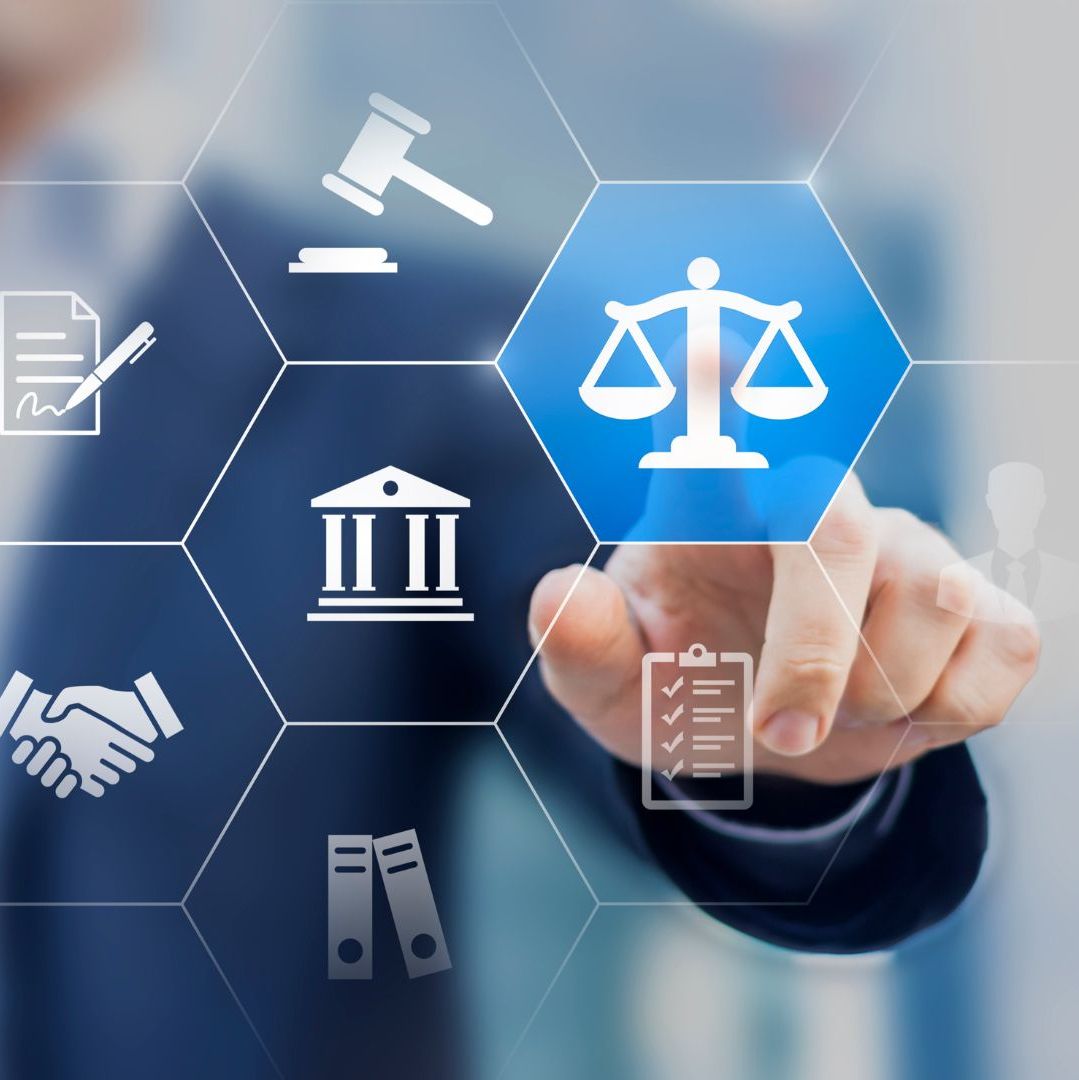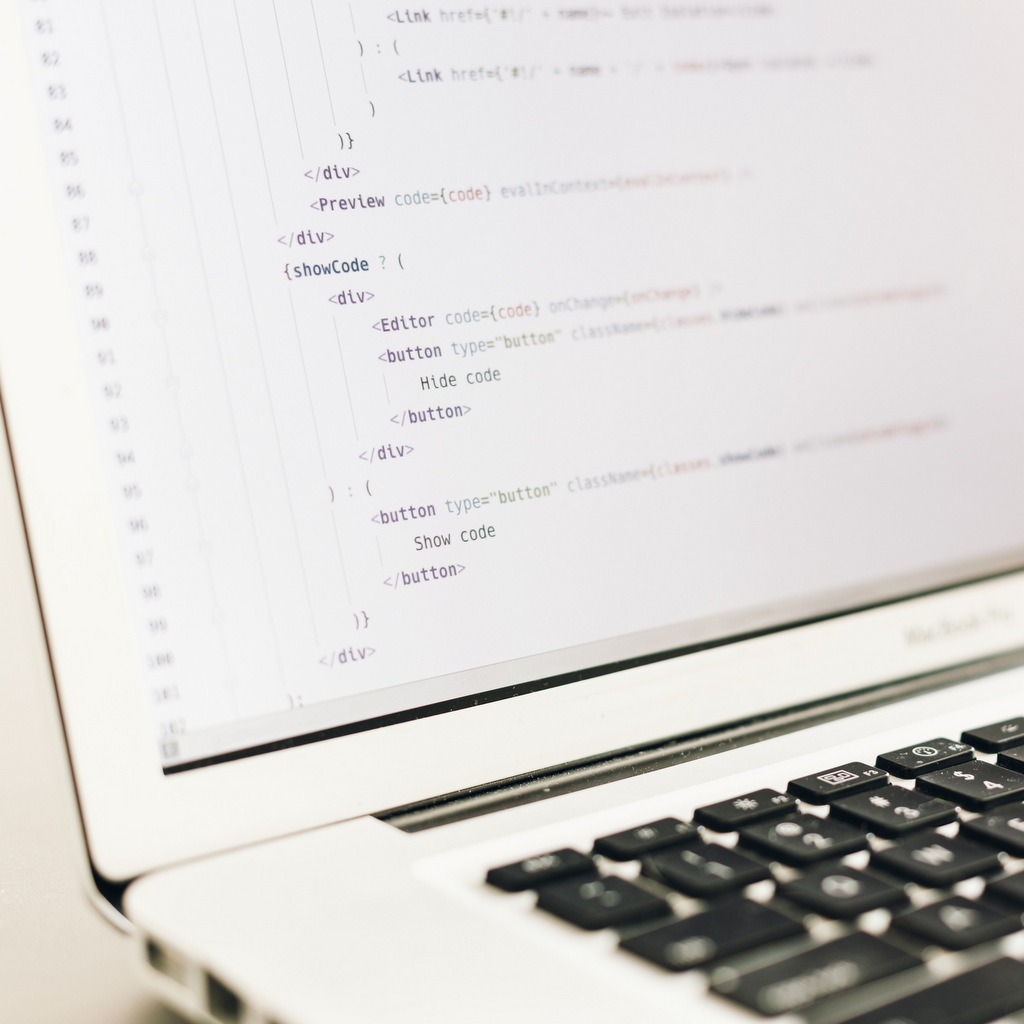Data Security: What to Look for in a Transcription Service
Securing Your Data is Paramount
In today’s digital age, data security and confidentiality have become paramount, especially for government agencies, healthcare organisations, and legal firms. These sectors handle sensitive information daily, making them prime targets for cyber-attacks and data breaches. As such, choosing a transcription service that ensures the utmost security and confidentiality of data is critical. This article delves into the essentials of secure transcription services, highlighting the importance of regulatory compliance, industry standards, and best practices tailored to specific sectors.
Introduction to Data Security in Transcription
The demand for transcription services has surged, with industries seeking to convert spoken words into written formats for better accessibility and record-keeping. However, this exchange involves transmitting potentially sensitive information, raising significant concerns about data security. How can organisations ensure that their data remains confidential while using transcription services? This question has led to the emergence of several pertinent inquiries:
What are the key features of a secure transcription service?
- How does regulatory compliance affect transcription service privacy?
- What best practices should sectors like healthcare, legal, and government adhere to for confidential data handling?
Addressing these questions requires a comprehensive understanding of secure transcription services, focusing on the mechanisms they employ to safeguard data.
Mechanisms To Ensure Data Security and Privacy by Transcription Services
The Importance of Data Security in Transcription Services
Understanding why data security is not just a preference but a necessity in today’s information-sensitive environment.
In an era where data breaches can devastate reputations and bottom lines, the importance of data security in transcription services cannot be overstated. Sensitive information, whether it pertains to personal health records, legal proceedings, or governmental affairs, demands the highest level of confidentiality and protection. The digital transformation has exponentially increased the volume of data being transferred online, making it more susceptible to unauthorised access and cyber-attacks.
This reality makes data security not just a preference but an absolute necessity for transcription services. Clients entrust transcription providers with their most confidential information, expecting it to remain secure through every step of the transcription process. A breach not only undermines this trust but can also lead to significant legal and financial repercussions.

Moreover, the implications of a data breach extend beyond immediate financial losses. They can severely damage the reputations of both the transcription service provider and their clients, potentially leading to a loss of business and an erosion of customer trust that can be difficult, if not impossible, to recover from.
In today’s information-sensitive environment, a commitment to data security is a critical component of any transcription service’s value proposition. It assures clients that their data is handled with the utmost care and protected against emerging threats, thereby fostering a relationship based on trust and reliability. As cyber threats become more sophisticated, the transcription industry must continuously evolve its security measures to protect confidential information effectively.
Key Features of Secure Transcription Services
Identifying features such as encryption, secure file transfer protocols, and access control that define a secure transcription service.
Secure transcription services are characterised by several key features designed to protect client data against unauthorised access, disclosure, or alteration. Encryption is one of the most critical of these features. It ensures that data, both in transit and at rest, is encoded in such a way that only authorised parties can access it. This means that even if data is intercepted during transmission, it remains unreadable and secure. Furthermore, secure file transfer protocols, such as SFTP (Secure File Transfer Protocol) or FTPS (File Transfer Protocol Secure), add an additional layer of security, ensuring that data transmission over the internet is encrypted and secure from cyber threats.
Another essential feature of secure transcription services is access control. This involves implementing stringent measures to ensure that only authorised personnel can access sensitive data. This can include multi-factor authentication, the use of unique user IDs and passwords, and role-based access controls that limit access to information based on the user’s role within the organisation.
Additionally, secure transcription services often employ continuous monitoring and logging of access to data, which helps in identifying and mitigating potential security breaches promptly. These features, when combined with a robust security policy and regular security audits, define a secure transcription service. They not only protect the data but also ensure that the service complies with industry standards and regulations, further enhancing the trust between the service provider and their clients.
Regulatory Compliance and Industry Standards
Exploring how compliance with regulations like HIPAA, GDPR, and others is critical for transcription services.
Compliance with regulations like HIPAA (Health Insurance Portability and Accountability Act) in the United States, GDPR (General Data Protection Regulation) in the European Union, and other global data protection laws is non-negotiable for transcription services. These regulations set the standard for privacy and security practices, dictating how sensitive information should be handled, stored, and transmitted.
For healthcare transcription services, HIPAA compliance is critical, as it ensures the confidentiality, integrity, and availability of patient health information. Similarly, GDPR imposes strict rules on data processing and transfer, giving individuals more control over their personal data. Non-compliance not only risks heavy fines and legal consequences but also signals a lack of commitment to data protection, eroding client trust.
Regulatory compliance ensures that transcription services adopt a comprehensive approach to data security, covering technical safeguards, physical security measures, and administrative actions. It forces these services to stay abreast of the latest security practices and technologies, thereby enhancing their overall security posture.
Moreover, industry standards such as ISO 27001 provide a framework for managing and protecting sensitive information, offering clients an additional assurance of the transcription service’s commitment to data security. Compliance with these regulations and standards is a clear indicator of a transcription service’s dedication to safeguarding client data and its proactive approach to managing and mitigating potential security risks.
Confidentiality in Healthcare Transcription
Specific challenges and solutions for maintaining patient confidentiality and compliance with healthcare regulations.
The healthcare sector faces unique challenges when it comes to maintaining the confidentiality of patient information during the transcription process. Given the sensitive nature of health records, any breach can have serious implications for patient privacy and the healthcare provider’s compliance with regulations such as HIPAA in the United States. These regulations mandate strict controls over how patient information is accessed, used, and shared.
Therefore, transcription services working with healthcare organisations must implement specialised security measures to protect this data. This includes employing end-to-end encryption for all transmitted and stored patient records, ensuring that electronic health records (EHR) systems are securely integrated with transcription platforms, and adhering to stringent access controls and authentication methods to prevent unauthorised access to patient information.
Moreover, the dynamic nature of healthcare services necessitates a transcription service that is not only secure but also highly adaptable to the changing needs and practices within the healthcare industry. For instance, the increasing adoption of Telehealth services has introduced new challenges in maintaining the confidentiality and security of digital health information.
Transcription services must, therefore, be capable of evolving with these technological advancements, ensuring that their security measures remain effective against new threats. Additionally, educating healthcare staff about the importance of data security and the role they play in protecting patient information is crucial. By fostering a culture of security awareness, healthcare organisations and transcription service providers can work together more effectively to safeguard patient confidentiality.
Securing Legal Transcripts
The importance of confidentiality in legal transcription and how services ensure the integrity and security of legal documents.
Legal documents contain highly sensitive information that, if disclosed improperly, could compromise client confidentiality, attorney-client privilege, and the integrity of the legal process. Thus, securing legal transcripts requires not just adherence to data protection laws but also a deep understanding of the legal industry’s unique requirements and challenges.
Transcription services must ensure that their security measures are robust enough to protect against both external breaches and internal threats. This includes implementing advanced encryption for documents in transit and at rest, using secure and dedicated channels for the transfer of legal documents, and enforcing strict access controls to ensure that only authorised individuals can access these documents.
The legal sector also demands a level of flexibility and customisation in transcription services, given the variety of legal proceedings and documents. From court hearings and depositions to legal consultations and agreements, each type of document may require different levels of security and confidentiality. Moreover, the need for accuracy in legal transcription cannot be overstated, as even minor errors can have significant legal consequences.
Therefore, transcription services must also focus on maintaining high accuracy levels, along with security. This dual focus ensures not only the confidentiality of legal documents but also their integrity and reliability, reinforcing the trust between legal professionals and transcription service providers.

Government Data and Transcription Security
How transcription services meet the high standards of security and confidentiality required by government agencies.
Government agencies deal with a wide array of sensitive information, from national security details to personal data of citizens. The confidentiality and security of this information are paramount, as breaches can have implications for national security, individual privacy, and public trust in government institutions. Transcription services catering to government agencies must meet the highest standards of security and confidentiality, often exceeding those in the private sector.
This includes compliance with government-specific regulations and standards, such as the Federal Risk and Authorization Management Program (FedRAMP) in the United States, which provides a standardised approach to security assessment, authorisation, and continuous monitoring for cloud products and services.
Furthermore, government data often involves a higher level of classification and control, requiring transcription services to implement compartmentalised access and handling protocols. This means not only securing the data technically but also ensuring that personnel handling the data have the necessary clearances and understand the importance of maintaining data confidentiality.
The challenges of managing and protecting government data also extend to the need for transparency and accountability, requiring transcription services to maintain detailed logs of data access and handling, which can be audited to ensure compliance with government policies and regulations. This rigorous approach to security helps to protect sensitive government information while maintaining the public’s trust in government agencies and their contractors.
Technological Advancements in Transcription Security
Examining how technology like AI and blockchain are being used to enhance data security in transcription services.
The rapid advancement of technology plays a pivotal role in enhancing the security of transcription services. Artificial Intelligence (AI) and blockchain are at the forefront of these technological innovations, offering new ways to safeguard sensitive information. AI, with its machine learning capabilities, is instrumental in detecting and thwarting potential security threats in real-time.
For instance, AI algorithms can analyse patterns in data access and usage, identifying anomalies that may indicate a security breach. This proactive approach to security helps in preventing data breaches before they occur. Furthermore, AI-driven technologies enhance the accuracy of transcriptions, reducing the risk of errors that could lead to misunderstandings or inadvertent disclosures of confidential information.
Blockchain technology, known for its robust security features, offers another layer of protection for transcription services. By storing data across a network of computers, blockchain makes it virtually impossible for hackers to compromise the data integrity of transcriptions. Each block of data is linked to the previous one, creating a secure and immutable record of transactions. This can be particularly useful for legal and healthcare transcriptions, where the authenticity and tamper-evidence of documents are crucial. Blockchain also enables secure, transparent, and efficient sharing of information between authorised parties, enhancing collaboration while ensuring data remains protected.
The Human Element of Transcription Services
Understanding the role of trained professionals in ensuring data confidentiality and the measures taken to vet and monitor transcribers.
While technology plays a critical role in ensuring the security of transcription services, the human element cannot be overlooked. The selection, training, and monitoring of transcriptionists are crucial in maintaining the confidentiality and integrity of sensitive information. Background checks and confidentiality agreements are standard practices in vetting professionals who handle sensitive data. This ensures that transcriptionists not only have the necessary skills and expertise but also understand the importance of data security and are committed to upholding it.
Training programs on data protection laws, privacy policies, and security best practices further reinforce the importance of confidentiality among transcriptionists. Regular updates on emerging threats and new security protocols keep the workforce informed and vigilant. Moreover, a culture of security within the transcription service provider encourages transparency and accountability, enabling swift action in the event of a potential security breach. Monitoring access to sensitive data and the use of secure transcription platforms ensures that the human element enhances, rather than compromises, the security of the transcription process.
Client Testimonials and Case Studies
Real-world examples of how secure transcription services have safeguarded sensitive information across different sectors.
Client testimonials and case studies serve as powerful endorsements of a transcription service’s commitment to security and confidentiality. They provide tangible evidence of how secure transcription practices protect sensitive information across different sectors. For instance, a healthcare organisation might share how a transcription service’s adherence to HIPAA regulations and its robust encryption methods ensured the confidentiality of patient records.

Similarly, a legal firm could highlight the transcription service’s role in maintaining the integrity of legal documents, contributing to successful case outcomes. These real-world examples not only demonstrate the transcription service’s capability to handle sensitive information securely but also build trust with potential clients.
Case studies detailing how transcription services responded to and mitigated potential security threats can further illustrate their commitment to data security. Sharing these successes publicly underscores the transcription service’s expertise and dedication to upholding the highest standards of confidentiality and security.
Choosing the Right Transcription Service
Criteria for selecting a transcription service that meets your organisation’s specific data security needs.
Selecting a transcription service that meets an organisation’s specific data security needs is a critical decision. The criteria for this selection extend beyond basic encryption and secure file transfer protocols. Organisations must consider the transcription service’s compliance with relevant regulations, the sophistication of its security technology, and the effectiveness of its human resource policies. It’s also important to evaluate the service provider’s experience in the organisation’s specific industry, as this can significantly impact their understanding of and adherence to industry-specific security requirements.
Furthermore, transparency regarding security practices and the willingness of the transcription service to undergo independent security assessments can be indicators of a provider’s commitment to data security. Organisations should seek out providers that offer customised security solutions tailored to their unique needs, demonstrating flexibility and a deep understanding of the challenges involved in protecting sensitive information. In making this critical choice, organisations ensure not only the security of their data but also the integrity of their operations and the trust of their clients and stakeholders.
Key Tips To Confirm Transcription Service Privacy
- Assess the transcription service’s compliance with relevant regulations.
- Inquire about the encryption methods used for data transmission and storage.
- Consider the physical and digital security measures in place at the service provider’s facilities.
- Review the service provider’s policies on data retention and destruction.
- Seek out services that offer customisable security options tailored to your needs.
In summary, the main points raised emphasise the critical nature of data security in transcription services, highlighting the need for encryption, regulatory compliance, and sector-specific best practices. Way With Words stands out by offering an advanced and customised set of transcription and speech-to-text solutions, ensuring highly accurate transcripts. The company provides both automated and full human-only transcription services, complemented by human checks for automated transcripts. With a commitment to GDPR compliance and full data protection, Way With Words assures quality-checked transcripts handled with the utmost confidentiality and security.
Conclusion About Transcription Data Privacy
Securing sensitive data in transcription services is an intricate process that requires a multi-faceted approach, incorporating technological, human, and procedural safeguards. The evolution of data protection laws and the increasing sophistication of cyber threats make it imperative for transcription services to adopt robust security measures.
Organisations must prioritise data security when selecting a transcription service, considering factors such as encryption standards, compliance with regulations, and the provider’s track record in handling confidential information. Ultimately, the choice of a transcription service should reflect a balance between accuracy, efficiency, and uncompromising data security, ensuring that sensitive information remains protected throughout the transcription process.
Transcription Data Privacy Resources
Way With Words – Your ultimate solution for all your transcription and speech-to-text needs and custom requirements.
Way With Words Jobs – We are looking for highly proficient English first language speakers for transcription and proofreading from the following countries and regions: South Africa, the United Kingdom, countries in the European Union, the United States, Canada, Australia, New Zealand, Malaysia, Singapore, and Hong Kong.
Global Data Privacy Laws – Analysis of international privacy laws, curated by experts.
